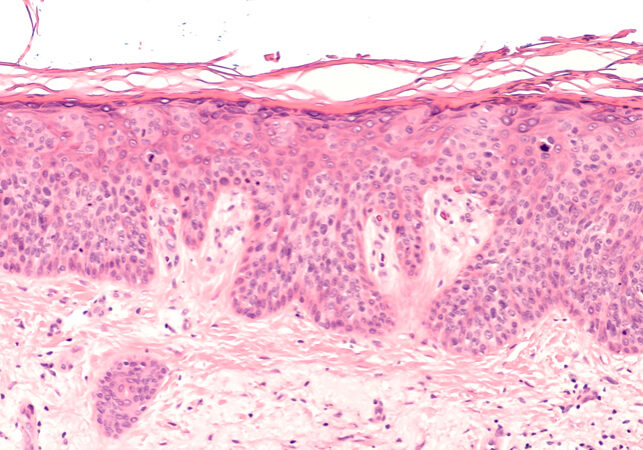
ABOUT MOHS MICROGRAPHIC SURGERY
Mohs surgery is a microscopically controlled procedure that treats skin cancer lesions by removing thin layers of skin and examining the margin for cancer cells under a microscope. The surgery is repeated until the margins are clear of cancer. Mohs surgery is appropriate for skin cancers with a high risk of recurrence or when tissue conservation is important.
Clinical studies have shown that the cure rate for Mohs surgery is the highest of all treatments for skin cancer with up to a 99 percent, 5-year cure rate, even if other forms of treatment have failed.
MOHS at Core Dermatology
We are proud to offer this highly effective skin cancer treatment. Our board-certified Mohs surgeons can administer the procedure; performing all acts of surgery, pathology and reconstruction. Relying on the accuracy of a microscope to track and ensure the removal of skin cancer down to its roots, surgeons can precisely identify and remove the entire tumor. This state-of-the-art procedure allows dermatologic surgeons, trained in Mohs surgery, to see beyond the visible disease.

Mohs Micrographic surgery – Steps
There is always a reasonable measure of possible complications and risks, such as allergic reactions, anesthetic risk, scarring, infection, bleeding and nerve damage (both motor and sensory). Final results depend a great deal on the depth of the cancer, and the amount of nerve, muscle, and other nearby tissue that needs removed in order to thoroughly remove the cancer.
